Home>Ideas and Tips>How To Choose The Right Paint Colors For A Kids’ Playroom
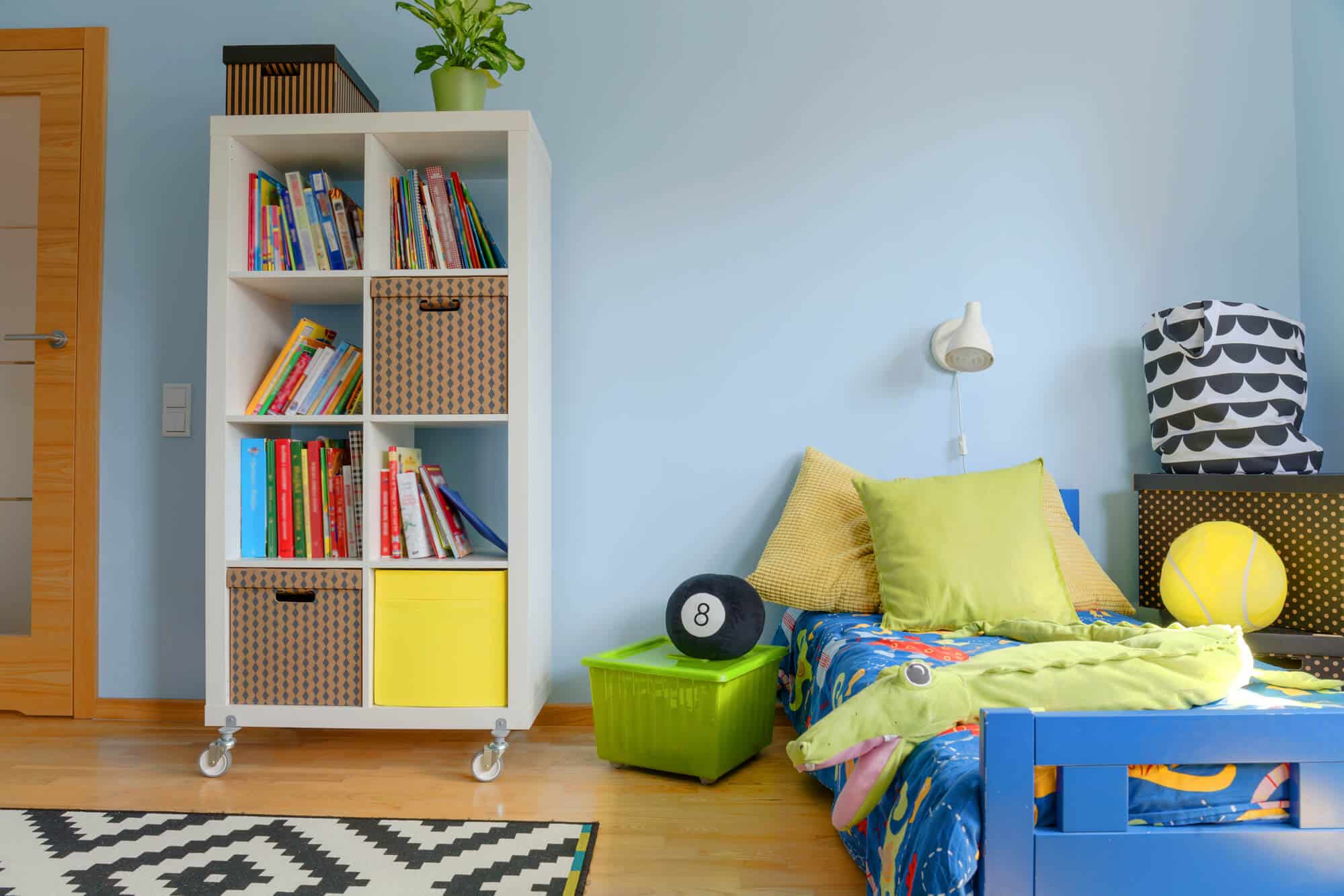

Ideas and Tips
How To Choose The Right Paint Colors For A Kids’ Playroom
Published: September 19, 2024
Discover how to choose the perfect paint colors for your kids' playroom, considering age, personality, and design style for a vibrant and engaging space.
(Many of the links in this article redirect to a specific reviewed product. Your purchase of these products through affiliate links helps to generate commission for Storables.com, at no extra cost. Learn more)
Creating a vibrant and inviting playroom for your children is a significant part of ensuring their happiness and development. One of the most impactful ways to achieve this is by selecting the right paint colors. The colors you choose can influence the mood, energy, and overall functionality of the space. In this article, we will guide you through the process of choosing the perfect paint colors for your kids' playroom, considering various factors such as age, personality, and design style.
Understanding Color Psychology
Different colors can affect children in various ways. Color psychology is the study of how colors influence human behavior and emotions. Here are some key points to consider:
- Red: Stimulates energy and excitement. It's great for high-energy activities like playtime but can be overwhelming if used extensively.
- Orange: Combines the energy of red with the warmth of yellow, creating a lively atmosphere.
- Yellow: Represents happiness and optimism. It's excellent for creating a cheerful environment but can be too bright if overused.
- Green: Symbolizes growth and balance. It's calming yet stimulating, making it ideal for areas where kids need to focus.
- Blue: Often associated with trust and stability. It can be calming or energizing depending on its shade.
- Purple: Rich in creativity and imagination. It's perfect for spaces where kids engage in artistic activities.
- Neutral Colors: Shades like beige, gray, and white provide a clean backdrop that allows other elements to shine.
Considering Age and Personality
Children at different ages have unique needs and preferences when it comes to their playroom environment. Here’s how you can tailor your color choices based on age:
For Younger Children (0-5 Years)
Young children are naturally curious and love bright colors that stimulate their senses. Here are some color combinations that work well for this age group:
- Soft Pastels: Colors like pale pink, baby blue, and mint green create a soothing yet engaging atmosphere.
- Neutral Backgrounds: A soft beige or cream-colored wall provides an excellent base for adding pops of color through furniture and decor.
- Whimsical Accents: Incorporate playful accents like polka dots or stripes in white or light-colored paint to add visual interest.
For Older Children (6-12 Years)
Older children often have more defined personalities and interests that can influence their preferred color schemes:
- Bold Colors: Older kids might enjoy bolder colors like red, orange, or bright blue which can add energy to the room.
- Themed Rooms: Consider creating themed rooms based on their interests—e.g., a sports-themed room with bold colors like red and blue.
- Monochromatic Schemes: Using different shades of the same color can create a cohesive look while allowing for personalization through furniture and decor.
For Teenagers
Teenagers often have more refined tastes and may prefer more mature color schemes:
- Deep Hues: Colors like deep purple, navy blue, or rich green can create an elegant yet youthful environment.
- Accent Walls: Use one wall in a bold color while keeping other walls neutral to add visual interest without overwhelming the space.
- Minimalist Approach: A minimalist approach with neutral colors like gray or white paired with bold furniture pieces can be very appealing to teenagers who value simplicity.
Design Style Considerations
The design style of your home also plays a significant role in choosing paint colors for your kids' playroom:
Modern Design
Modern design emphasizes clean lines, minimal ornamentation, and an emphasis on functionality:
- Monochromatic Schemes: Using different shades of white or gray creates a cohesive modern look while allowing for flexibility in decor choices.
- Bold Accents: Incorporate bold accents through furniture or wall art to add visual interest without disrupting the overall aesthetic.
Traditional Design
Traditional design often features classic elements like ornate furniture and rich fabrics:
- Warm Colors: Warm colors such as golden yellow, rich reds, or deep greens complement traditional decor well.
- Soft Pastels: Soft pastel shades can add a touch of elegance while maintaining a playful vibe suitable for kids' spaces.
Rustic Design
Rustic design emphasizes natural materials like wood and stone:
- Earthy Tones: Earthy tones such as sage green, sandy beige, or driftwood gray blend seamlessly with rustic elements.
- Accent Walls: Use an accent wall in a bold color like red or turquoise to create contrast against natural materials.
Practical Tips for Choosing Paint Colors
While considering all these factors is important, here are some practical tips to keep in mind when selecting paint colors:
- Test Samples: Always test paint samples on the wall before committing to a specific color.
- Natural Light: Observe how the color looks under different lighting conditions—natural light during the day versus artificial lighting at night.
- Color Temperature: Warm colors tend to make spaces feel cozier while cool colors make them feel more refreshing.
- Personal Preferences: Ultimately choose colors that you and your child will love spending time in.
- Future Proofing: Consider how easily you can update or change the color scheme if needed without major renovations.
Additional Elements to Enhance Your Color Scheme
While paint colors set the foundation for your playroom's atmosphere, other elements can enhance or complement them:
- Furniture & Decor: Choose furniture pieces that match or complement your chosen color scheme—e.g., wooden furniture in natural tones pairs well with earthy tones.
- Lighting: Proper lighting can significantly impact how colors appear in the room; consider using layered lighting sources like overhead lights, table lamps, and string lights.
- Textiles & Rugs: Incorporate textiles like throw pillows, blankets, or rugs in complementary colors to add depth and texture to the space.
- Wall Art & Accessories: Use wall art or accessories like framed prints or colorful vases to add pops of color without overwhelming the space.
Conclusion
Choosing the right paint colors for your kids' playroom is an exciting yet important decision that requires careful consideration of various factors including age, personality, design style, and practical tips for implementation. By understanding color psychology and tailoring your choices accordingly while incorporating additional elements like furniture decor lighting textiles rugs wall art accessories you can create an inviting engaging environment where children can thrive grow learn play happily ever after
Was this page helpful?
At Storables.com, we guarantee accurate and reliable information. Our content, validated by Expert Board Contributors, is crafted following stringent Editorial Policies. We're committed to providing you with well-researched, expert-backed insights for all your informational needs.
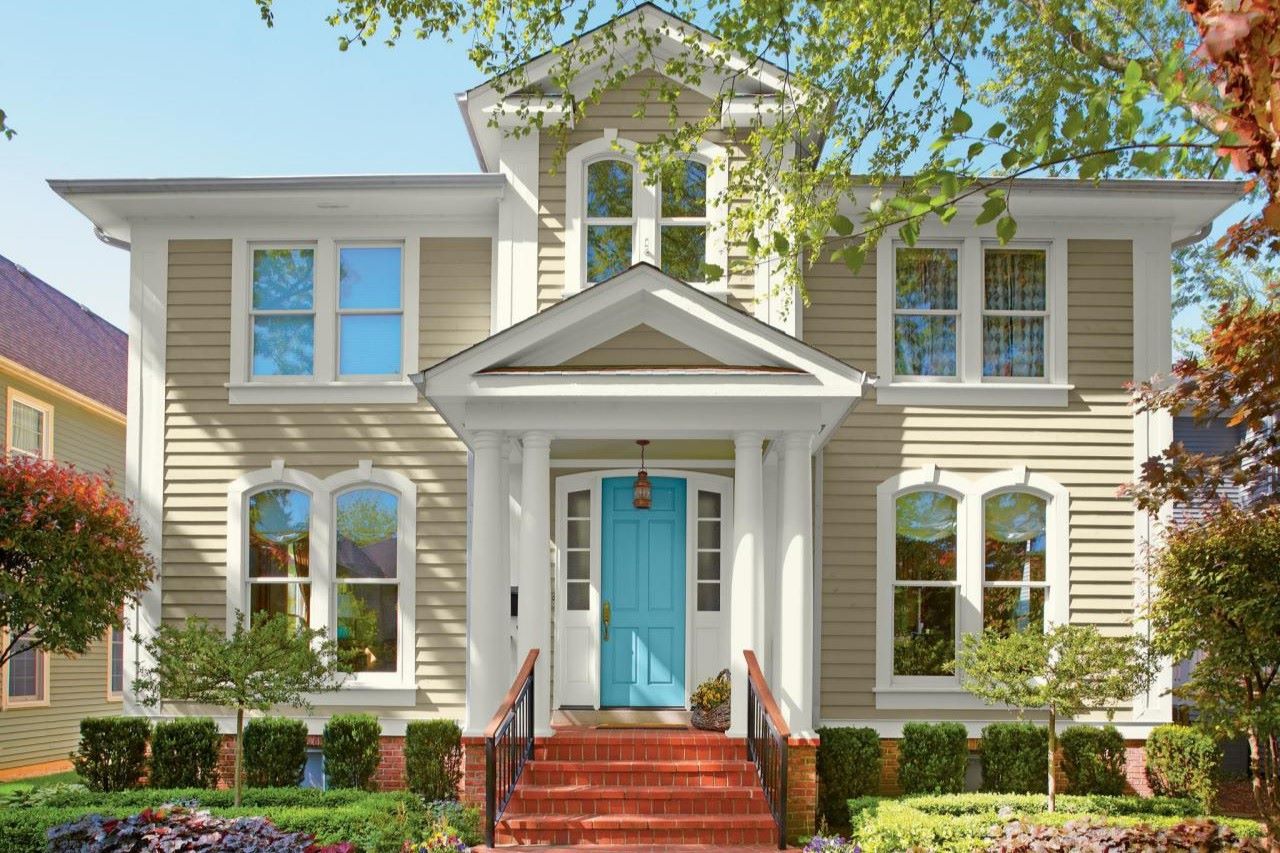
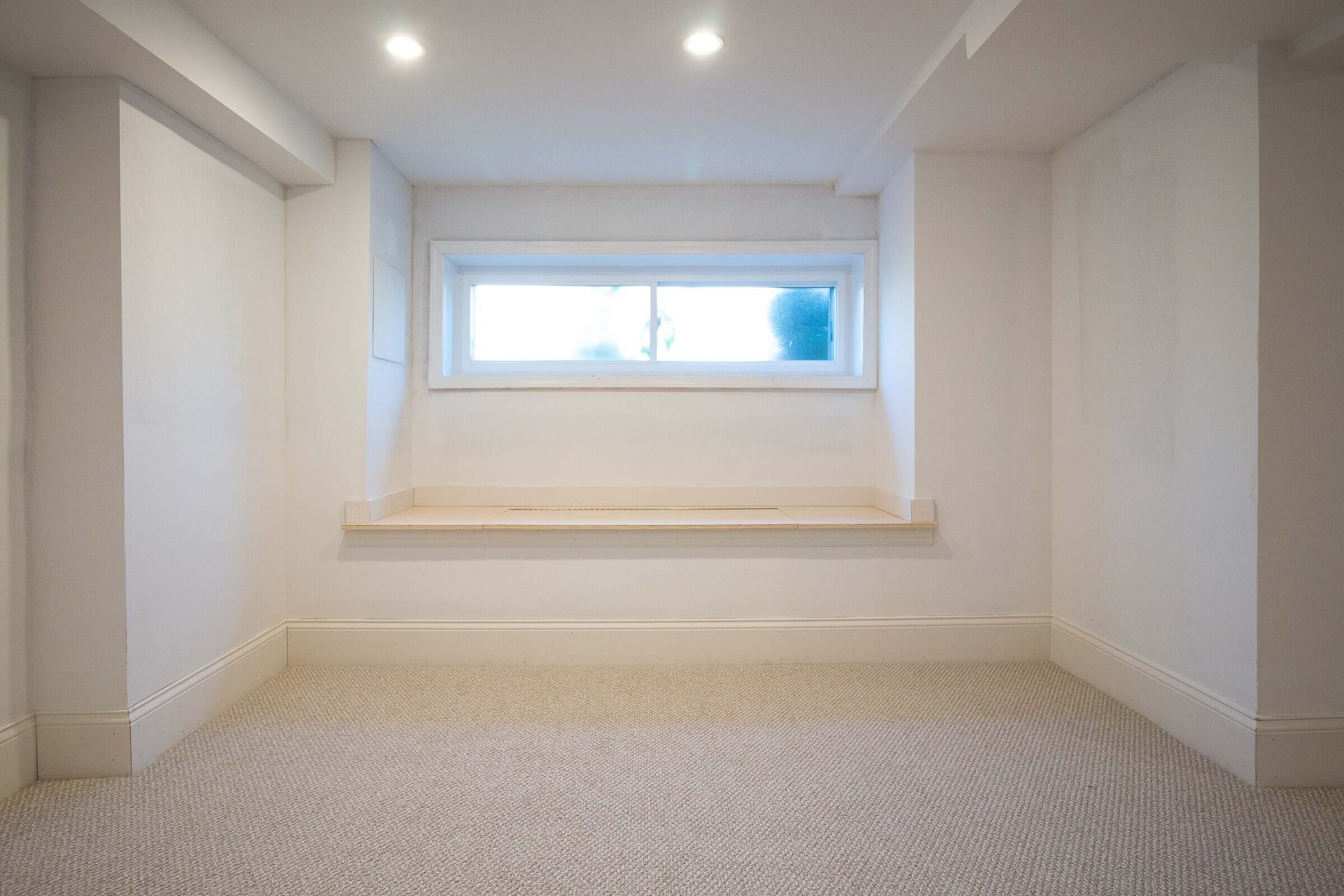
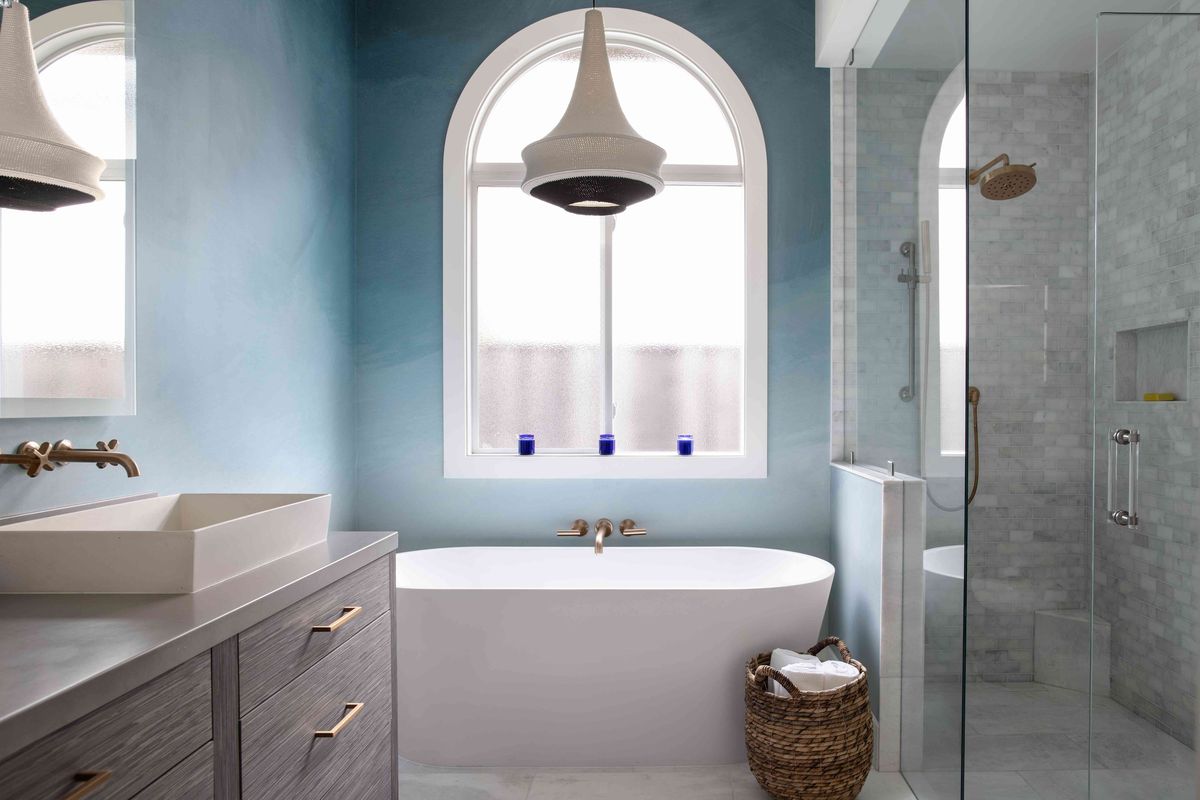
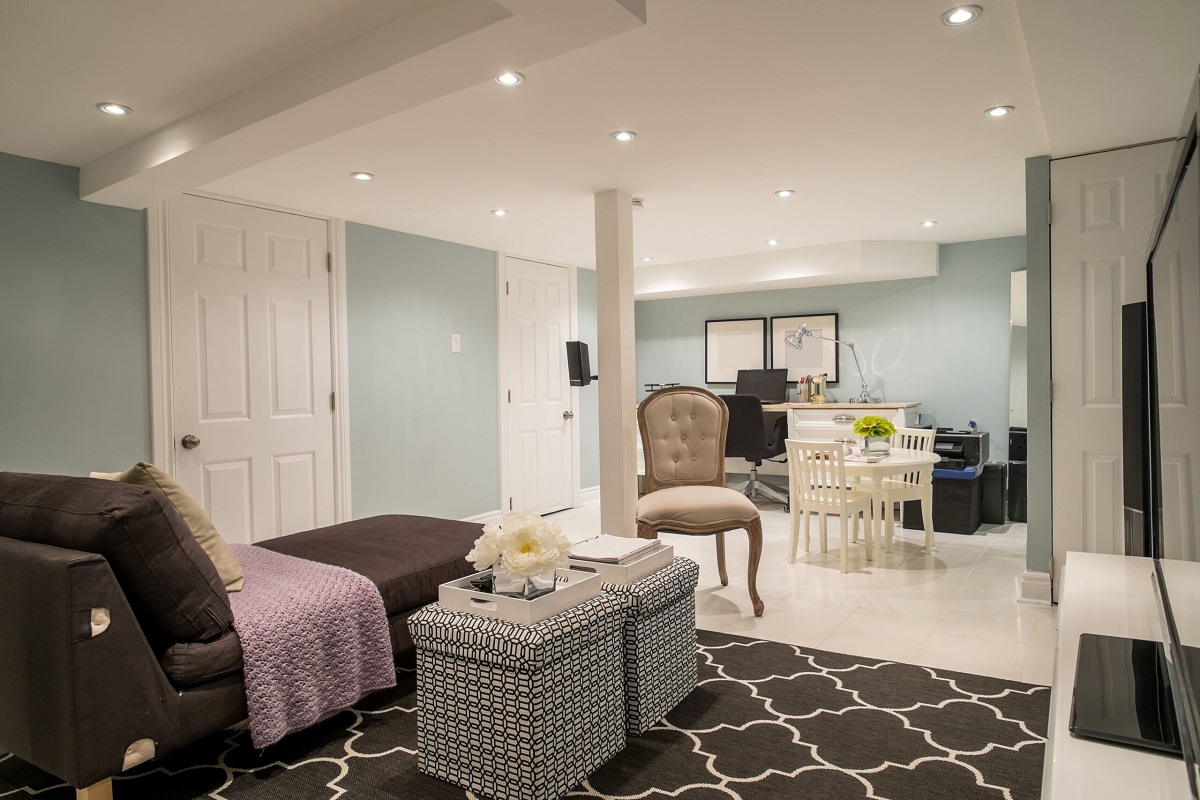
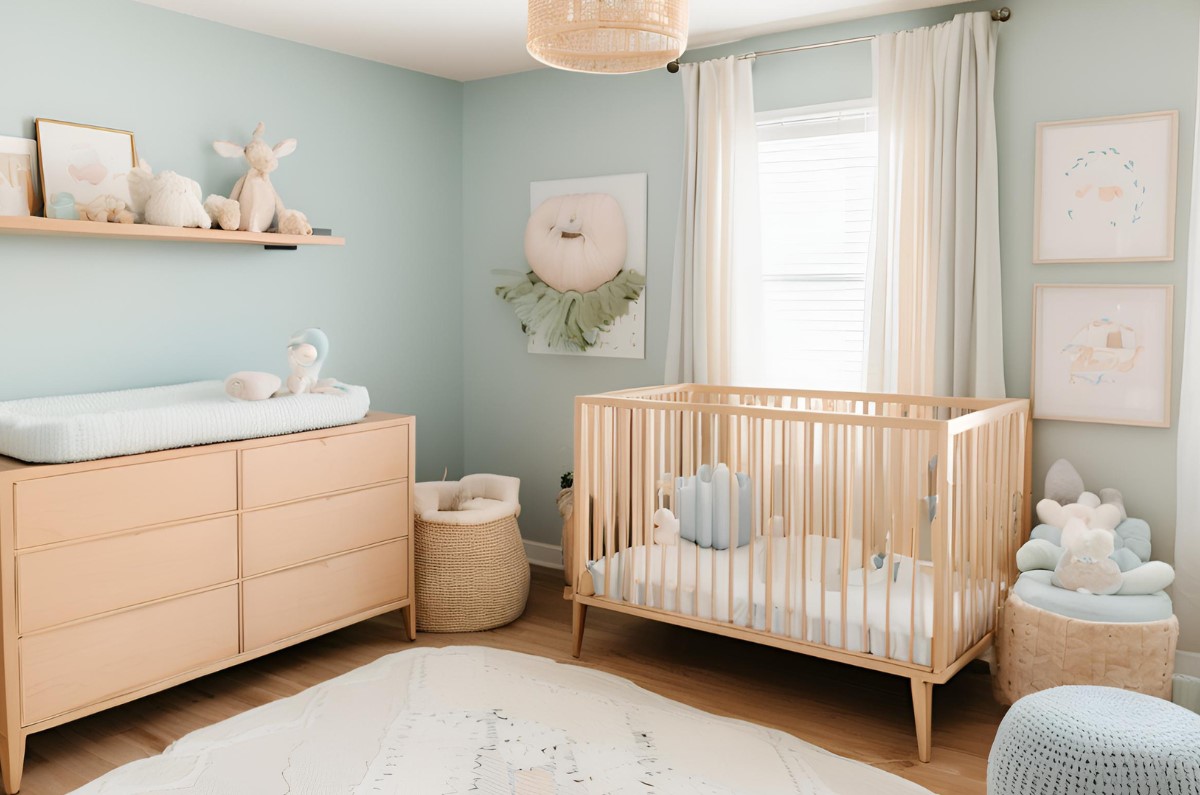
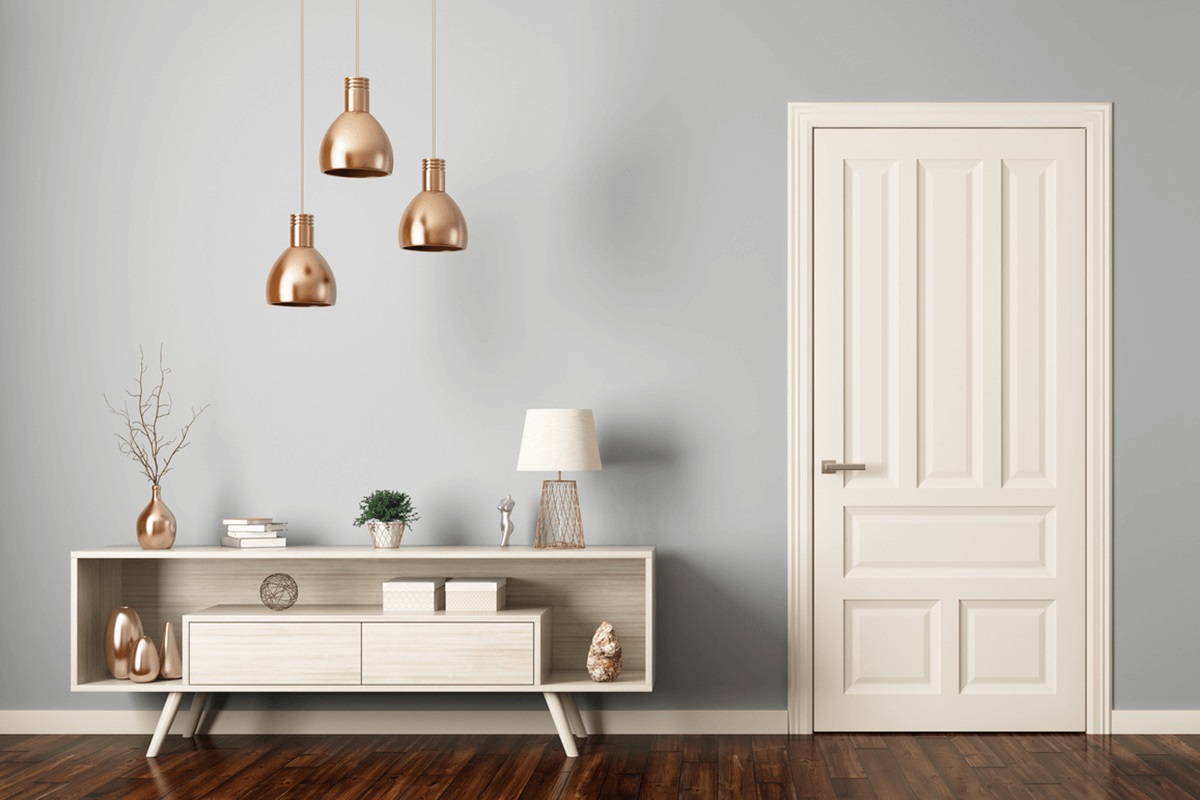
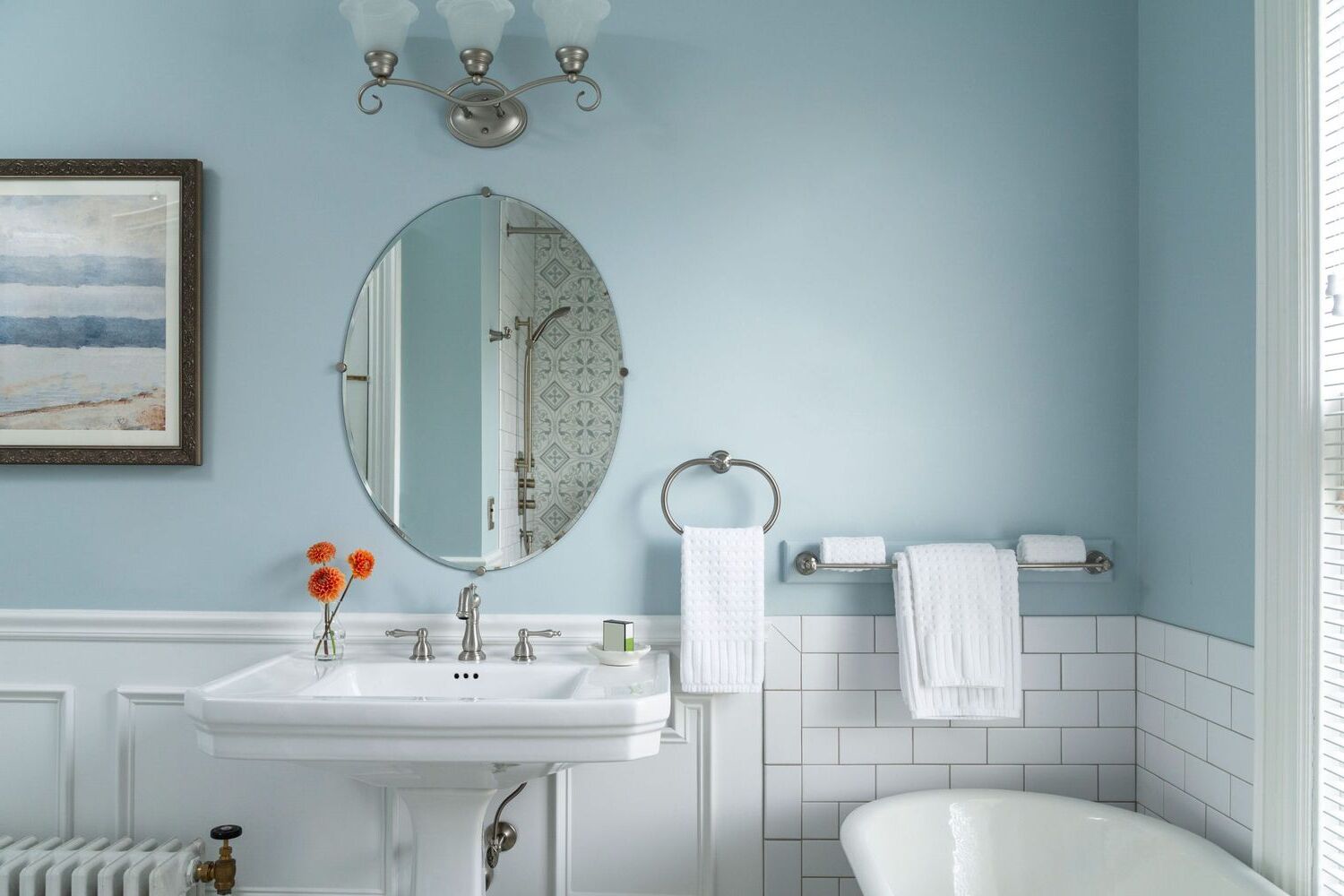
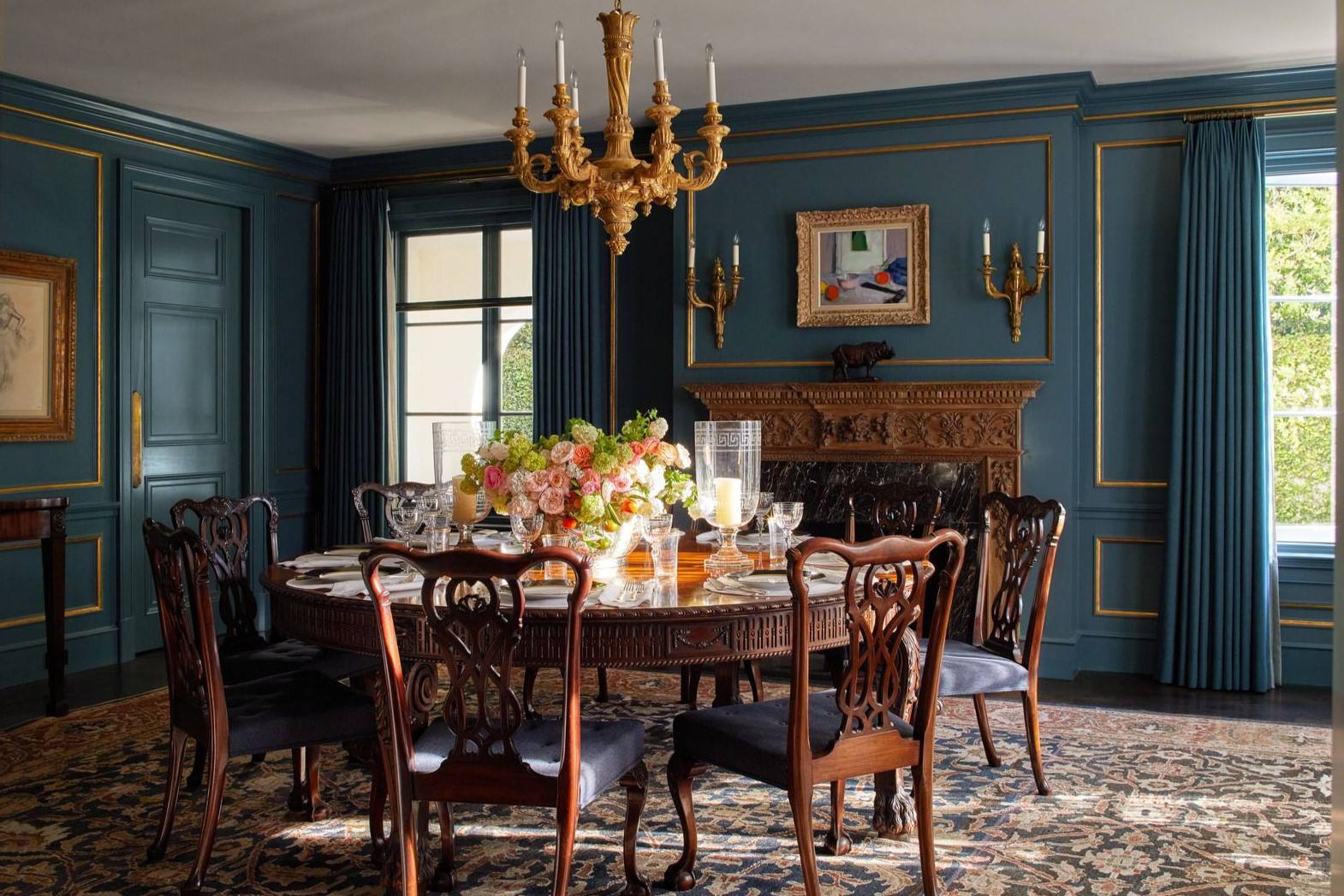
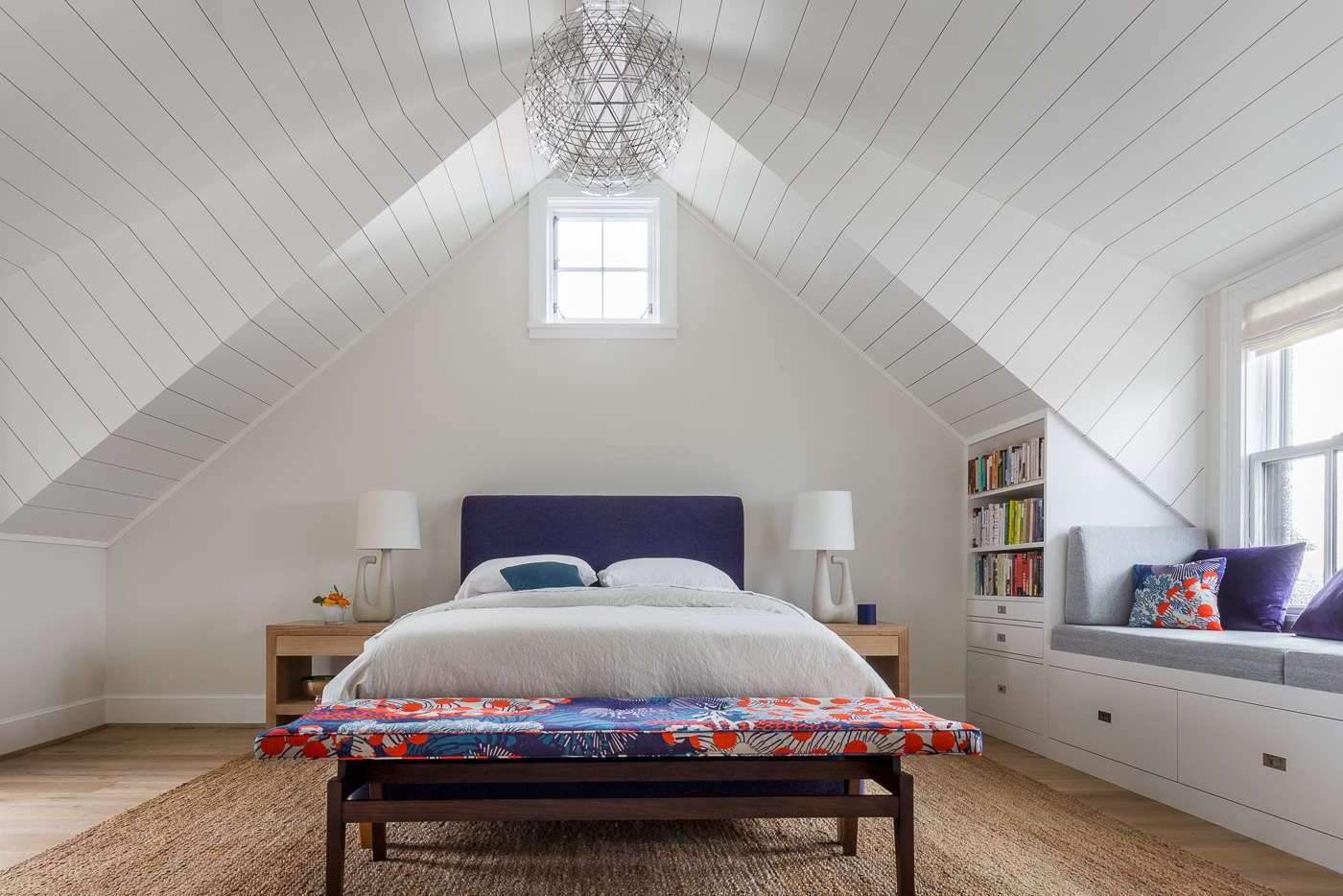
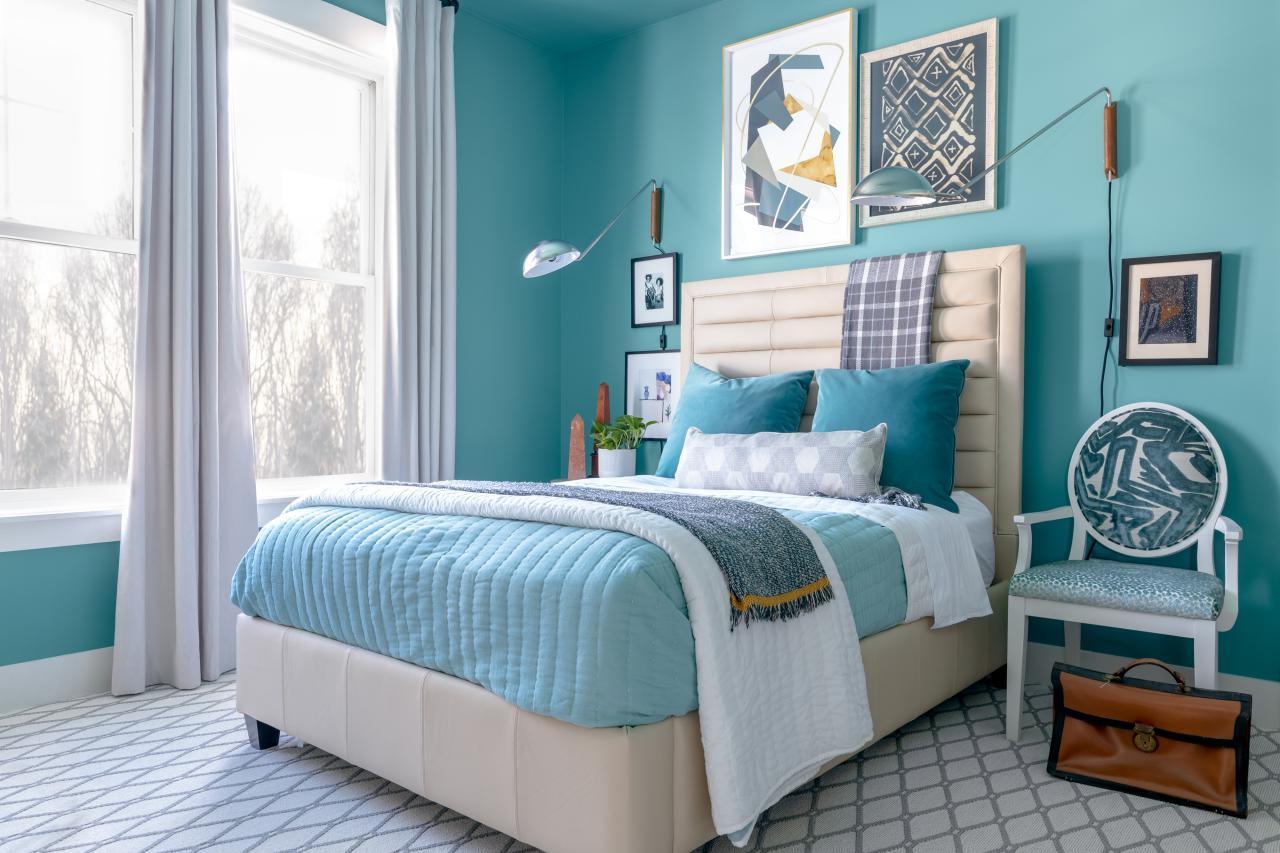
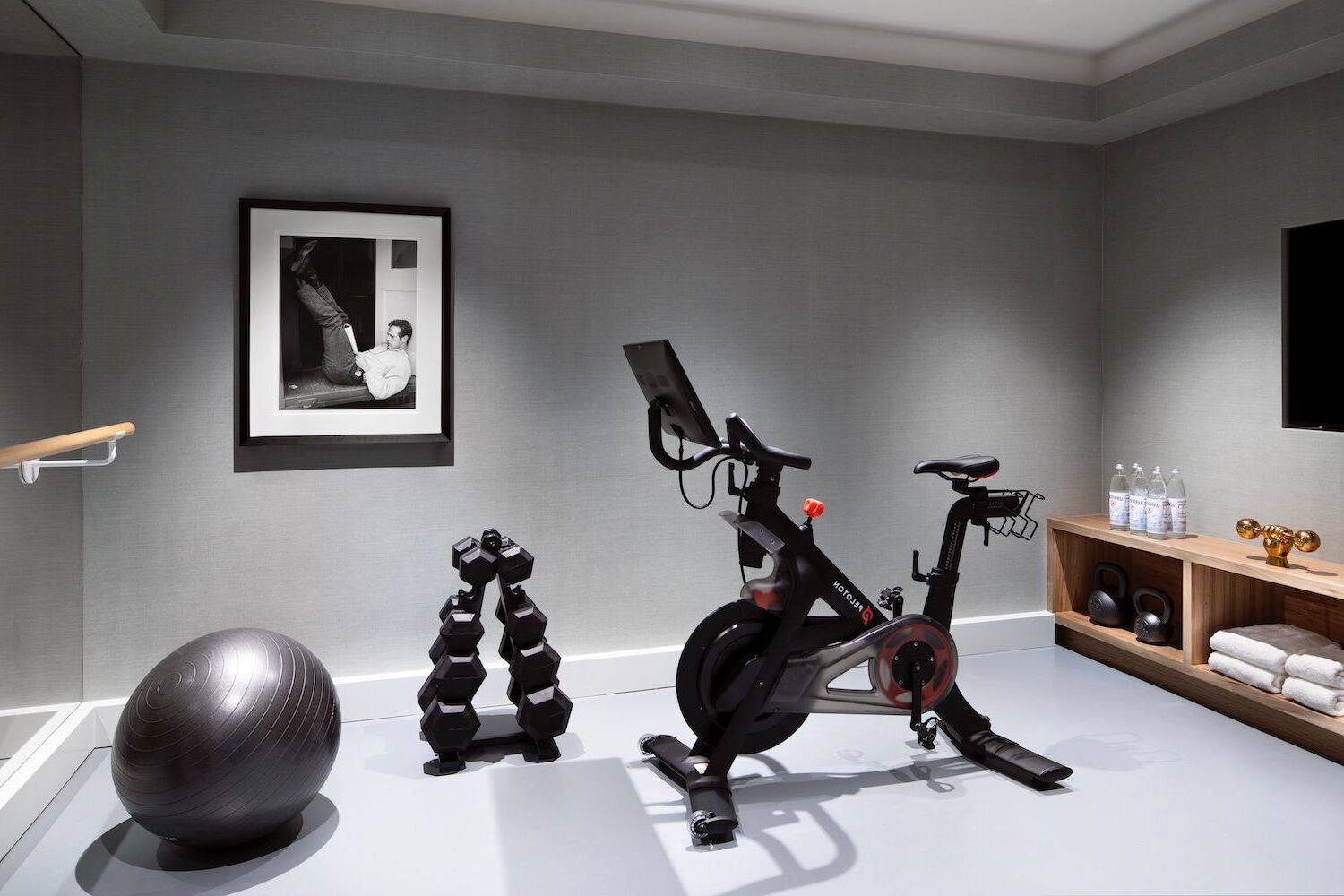

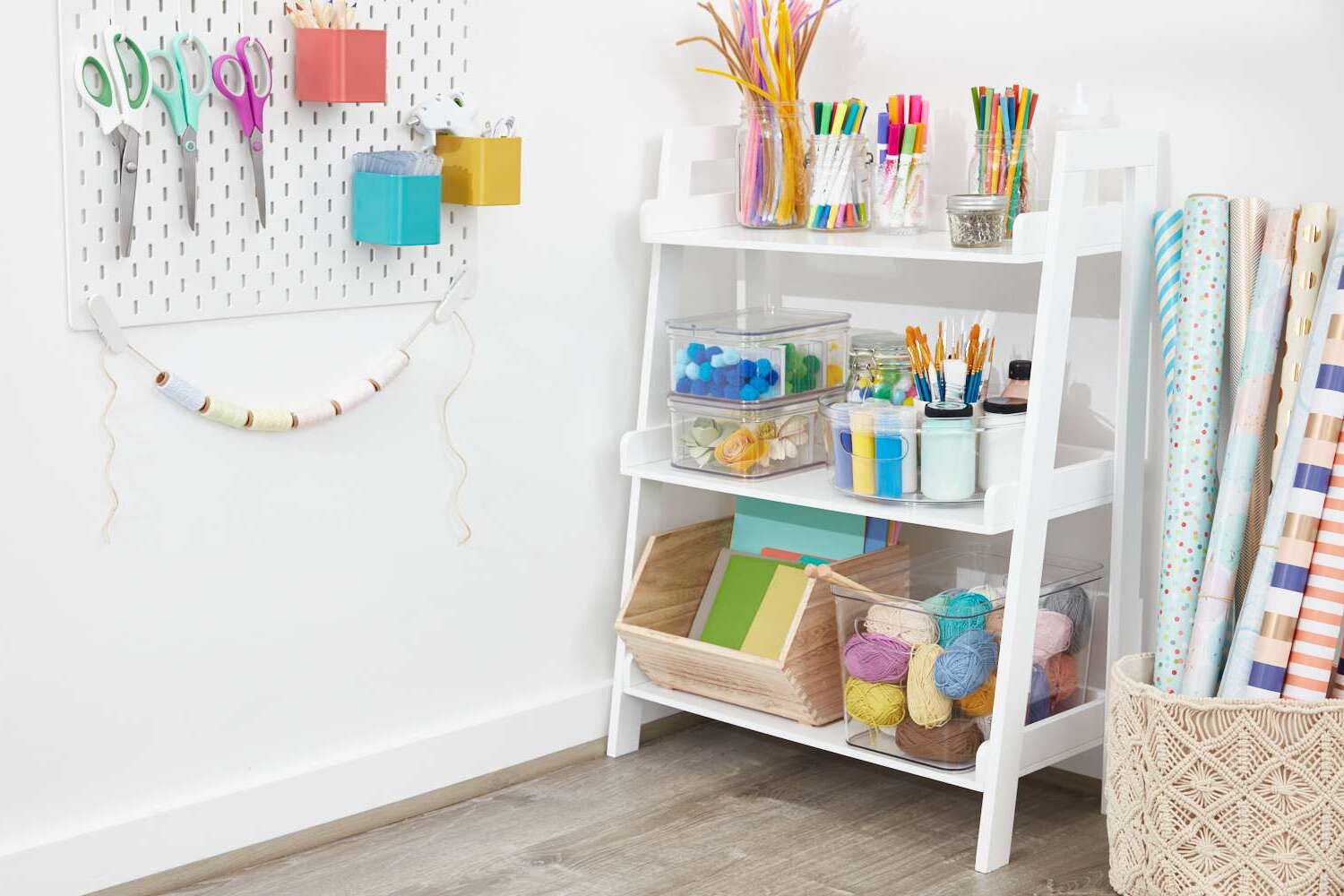
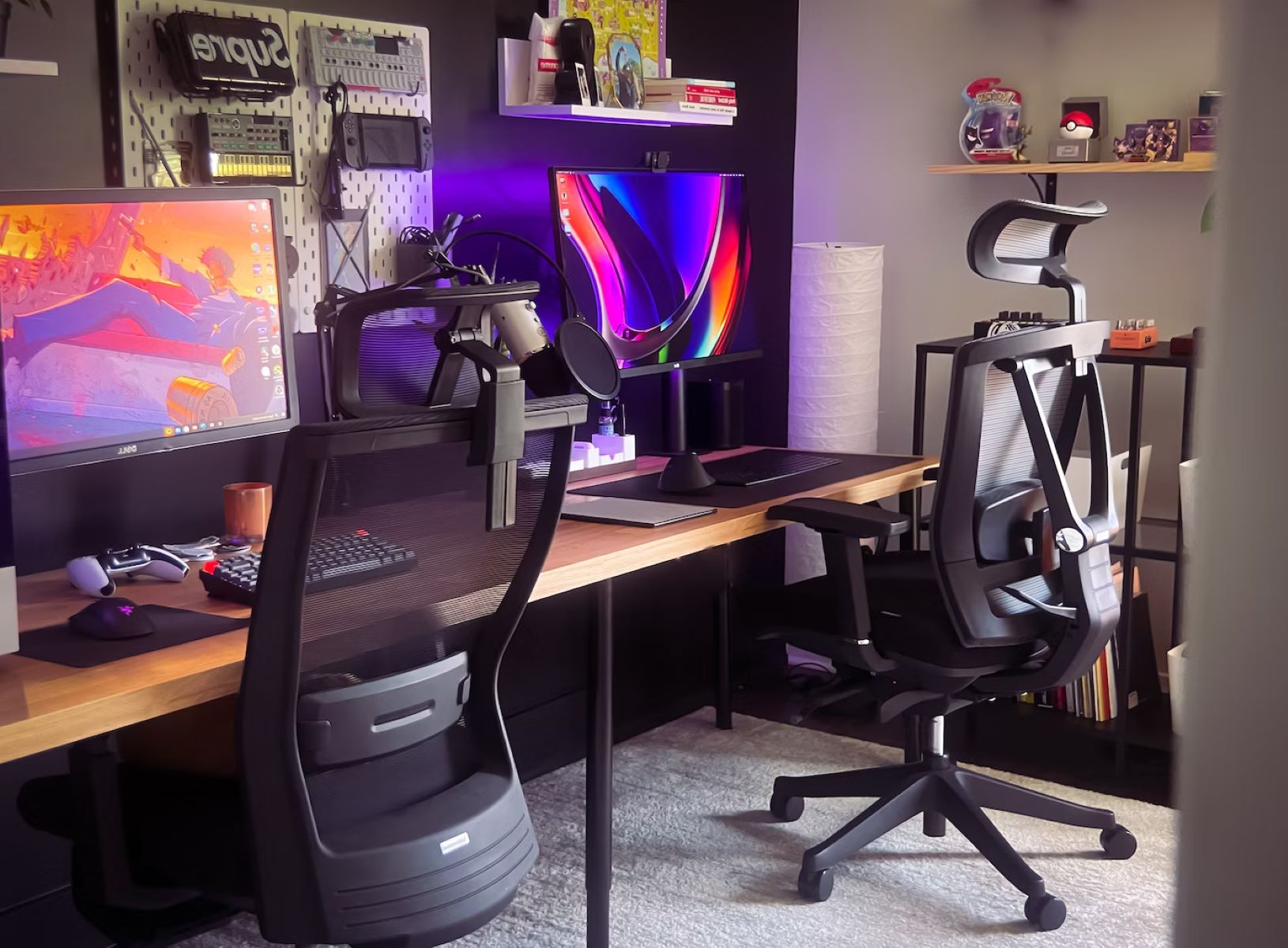

0 thoughts on “How To Choose The Right Paint Colors For A Kids’ Playroom”